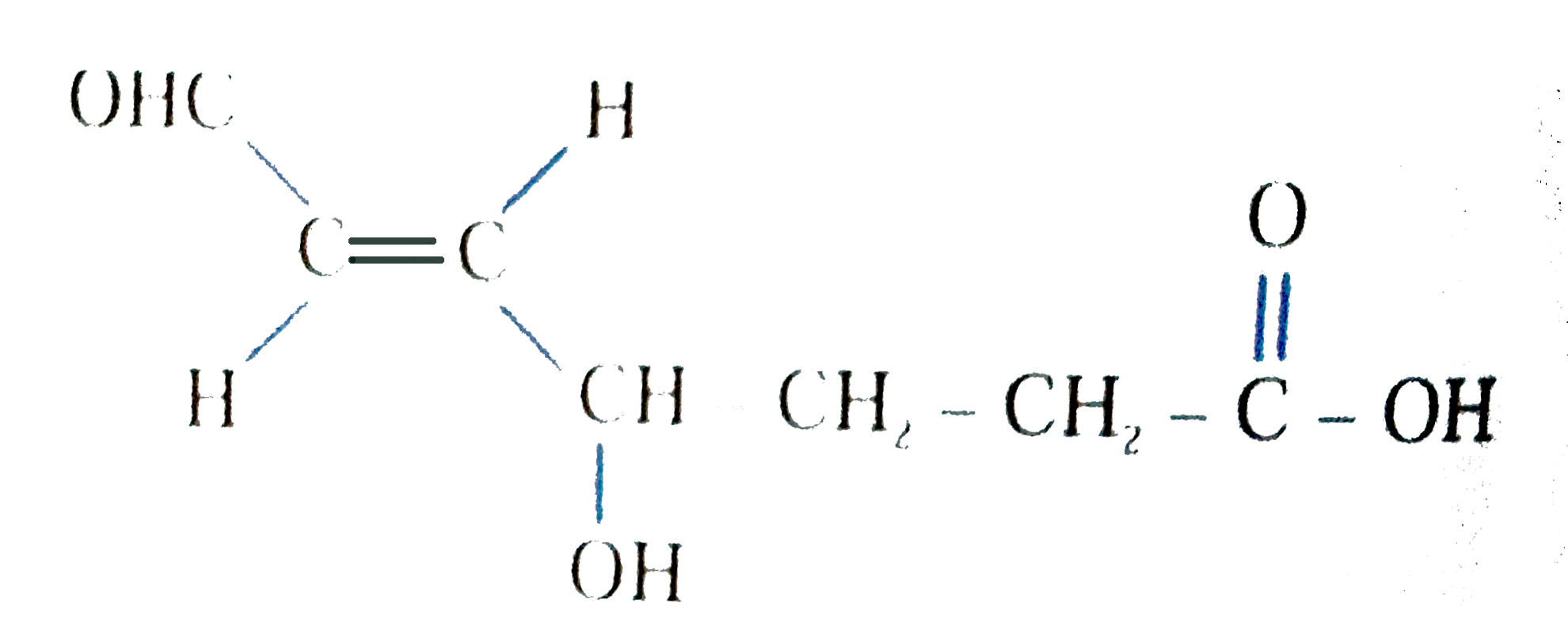For an irreversible chemical reaction, the concentration of the products with time
increaes
decreases
does not change
some more data required
The correct Answer is:A
To analyze the behavior of product concentration over time for an irreversible chemical reaction, we can follow these steps:
Step 1: Understand the Nature of Irreversible Reactions
Irreversible reactions are those in which the reactants are converted into products, and once the products are formed, they do not revert back to reactants. This means that the reaction proceeds in one direction only.
Hint: Remember that in irreversible reactions, the conversion of reactants to products is a one-way process.
Step 2: Define Initial Conditions
At the start of the reaction (time = 0), we assume the concentration of the reactant is at its maximum. For example, if we start with 100 units of reactant, the concentration of the product is 0 at this point.
Hint: Initial concentration of products is always zero in irreversible reactions.
Step 3: Observe Changes Over Time
As time progresses, the reactant concentration decreases while the product concentration increases. For instance, after 5 seconds, if the reactant concentration decreases to 92, then the product concentration would have increased to 8.
Hint: Track the changes in concentrations; the reactant decreases while the product increases.
Step 4: Complete Consumption of Reactants
Eventually, the reactants will be completely consumed. If we assume the reaction goes to completion, after a certain period (e.g., 1 hour), the concentration of the reactant will be 0, and the concentration of the product will be equal to the initial concentration of the reactant (100 in this case).
Hint: The final state of the reaction shows that all reactants are converted to products.
Step 5: Conclusion on Product Concentration
From the observations, we can conclude that as time increases, the concentration of the product increases continuously until it reaches its maximum value when the reactants are fully consumed.
Hint: The concentration of products in an irreversible reaction always increases over time.
Final Answer
The concentration of the products increases with time in an irreversible chemical reaction.
Irreversible reactions are those in which the reactants are converted into products, and once the products are formed, they do not revert back to reactants. This means that the reaction proceeds in one direction only.
At the start of the reaction (time = 0), we assume the concentration of the reactant is at its maximum. For example, if we start with 100 units of reactant, the concentration of the product is 0 at this point.
As time progresses, the reactant concentration decreases while the product concentration increases. For instance, after 5 seconds, if the reactant concentration decreases to 92, then the product concentration would have increased to 8.
Eventually, the reactants will be completely consumed. If we assume the reaction goes to completion, after a certain period (e.g., 1 hour), the concentration of the reactant will be 0, and the concentration of the product will be equal to the initial concentration of the reactant (100 in this case).
From the observations, we can conclude that as time increases, the concentration of the product increases continuously until it reaches its maximum value when the reactants are fully consumed.
The concentration of the products increases with time in an irreversible chemical reaction.
Topper's Solved these Questions
- CHEMICAL KINETICS BOOK - NARAYNACHAPTER - CHEMICAL KINETICS EXERCISE - EXERCISE -1 (C.W) (RATE OF REACTION & FACTORS)
14 Videos
- CHEMICAL KINETICS BOOK - NARAYNACHAPTER - CHEMICAL KINETICS EXERCISE - EXERCISE -1 (C.W) (ORDER OF REACTION)
14 Videos
- CHEMICAL KINETICS BOOK - NARAYNACHAPTER - CHEMICAL KINETICS EXERCISE - CHECK YOUR GRASP
14 Videos
- CARBOXYLIC ACIDBOOK - NARAYNACHAPTER - CARBOXYLIC ACIDEXERCISE - All Questions
288 Videos
- CHEMISTRY IN EVERYDAY LIFEBOOK - NARAYNACHAPTER - CHEMISTRY IN EVERYDAY LIFEEXERCISE - ASSERTION & REASON TYPE QUESTIONS
10 Videos
Similar Questions
The rate of a gaseous reaction is given by the expression k [A] [B]. If the volume of the reaction vessel is suddenly reduced to 1/4th of the initial volume, the reaction rate relating to original rate will be
View Solutionfor a reaction 2A+3B→Products, the rate law expression is given by rate = K(A)1(B)2 . The order of the reaction with respect to A,B and over all order of reaction ar
View SolutionWhat is the instantaneous rate of a reaction.
View SolutionProvide IUPAC name of the compound given below.

View Solution(A) Analgesics bring down body temperature during high fever.
(R ) Tetracyclin is a tranquillizer.
View SolutionStatement: Concentration of the reactant and product does not change with time at equilibrium for a chemical reaction.
Explanation: The rate of a reaction is zero at equilibrium.
View SolutionAssertion : concentration of the reactant and product does not change with time at equilibrium for a a chemical reaction. Reason : The rate of a reaction is zero at equilibrium .
View SolutionFor a chemical reaction, A→ products, the rate of reaction doubles when the concentration of 'A' is increased by a factor of 4, the order of reaction is :
View SolutionDrawn the graphs that relate the concentrations (C ) of the reactants and the reaction times (t) and the concentrations of the products(C ) and the reaction times (t) in chemical reactions .
View Solutionएथिल ऐल्कोहॉल को सांद्र के साथ गर्म करने पर बनने वाली उत्पाद का नाम एवं रासायनिक अभिक्रिया लिखिए ।
View Solutionजब एनिसाल को सांद्र HNO3 और सांद्र H2SO4 के साथ उपचरित किया जाता है प्राप्त उत्पाद का नाम रासायिक अभिक्रिया सहित लिखिए ।
View SolutionFor a chemical reaction, A→ products, the rate of reaction doubles when the concentration of 'A' is increased by a factor of 4, the order of reaction is-
View SolutionAll of the following are expected to affect the rate of an irreversible chemical reactions except :
View SolutionDuring a chemical reaction, the concentration of reaction
View SolutionAmong the following chemical reactions the irreversible reaction is
View Solution
